by Fahmidul Haq
Tareque Masud's “Matir Moina” (2002) was the first film from Bangladesh that was screened in Cannes' Director's Fortnight section and won the FIPRESCI award jointly with Elia Suleiman's “Divine Intervention”. But it is Abdullah Mohammad Saad's second feature “Rehana Maryam Noor” (RMN, 2021), the first film from the South Asian cinephile nation to be officially selected at Cannes, competing in the ‘Un Certain Regard' category. The director of the film also bagged the Jury Grand Prize from Asia-Pacific Screen Award where the lead actress Azmeri Haque Badhon earned the award of the Best Performance by an Actress. Badhon was also included in the short list of ‘Variety's International Breakout Stars of 2021'. Bangladeshi actors Chanchal Chowdhury, Mosharraf Karim and Badhon have expanded their stardom in 2021 by acting in web series released in Indian OTTs. Jaya Ahsan continued her already established acting career both in Dhaka and Kolkata-based Indian industry.
RMN was not only one commendable Bangladesh's international success in 2021. Kamar Ahmad Simon's fiction-looking non-fiction “Day After…” represented Bangladesh in competition at the high-ranking festival, IDFA: International Documentary Filmfestival Amsterdam. The prestigious Busan Film Festival 2021 got three submissions from Bangladesh – Mostofa Sarwar Farooki's international film “No Land's Man”, Mohammad Rabby Mridha's debut feature “No Ground Beneath the Feet”, and RMN. After visiting the festival circuit in 2020 in London, Busan, Guttenberg, Singapore, Seattle and Turin in 2020, Rezwan Shahriar Sumit's “The Salt in Our Water” got theatrical release in 2021. “Rickshaw Girl” is a new kind of experience for any Bangladeshi film since a US independent producer approached Bangladeshi director Amitabh Reza Chowdhury to make a film for them.
The arrival of the OTT platform Chorki is a significant event in the cine circuit of Bangladesh. It started operating in the middle of the year and within a short period of time, it got immense popularity at home as well as abroad, especially among Bengali audiences living worldwide. A few OTTs have been operating in Bangladesh for a few years, but Chorki appeared as the first platform with a professional look and approach that provided quality content, which included diverse cinematic forms such as feature films, web series, anthology, documentary and short films. Among all, Chorki's mystery drama “Unoloukik”, an anthology of five short stories, was novel as a text and stunning in cinematic treatment. Bangladeshi directors also made content for Indian OTTs this year such as Zee5 and Hoichoi. Web series like “Mahanagar” by Ashfaq Nipun and “Ladies and Gentlemen” by Mostofa Sarwar Farooki are two cases that created buzz among the spectators from both Bangladesh and India. 2021 was also the year when the Indian spectators, especially the Bengalis located in West Bengal, India started looking at Bangladeshi contents with surprise and amusement, whereas before, the flow of content was largely one way – traveling from Kolkata, West Bengal, towards Bangladesh, both formally and informally.
The main studio BFDC was already struggling, the surge of Covid-19 enhanced the fall further. All mentionable contents were produced either from independent sectors or from the newly emerged OTT industry. Two independent films did not bring success internationally but were appreciated by the critics and cine buffs for their unconventional stories and innovative cinematic treatments. These titles are “Chandrabati Katha” by N Rashed Chowdhury and “Laal Moroger Jhuti” by Nurul Alam Atique. Prosoon Rahman's “Dhaka Dream” is also a poignant story of internal migration of commoners from the peripheral Bangladesh to the center of the country, the capital city Dhaka. A few more films were made with a mixed approach of studio and alternative production methods. However, the commercially motivated police story “Mission Extreme” directed by Sunny Sanwar and Faisal Ahmed did well domestically and got limited theatrical release in the UK.
Here are brief reviews of the 10 selected titles made in 2021 in Bangladesh among which “No Land's Man”, “Day After…” and “Rickshaw Girl” have started traveling to international festivals and have yet to get theatrical release in Bangladesh.
1. Rehana Maryam Noor (dir. Abdullah Mohammad Saad)
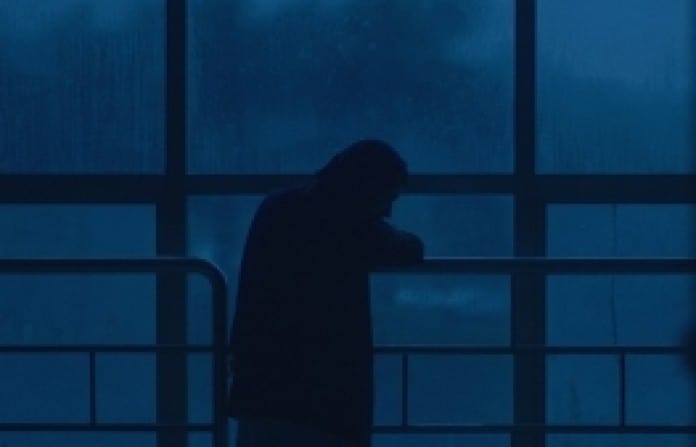
Assistant professor at a medical college Rehana vehemently protests against a male colleague for abusing a female student sexually. However, to avoid the social stigma, the student is unwilling to launch any complaint and asks Rehana not to move forward. Rehana, however, is adamant to punish the perpetrator. She changes her strategy and submits a written complaint to the principal of the college where she describes herself as the victim. She also tells the story to the wife of the colleague, inciting her to leave her husband. There is a counter blow too. It is not only the college authority's reluctance to take any steps in response to the complaint, also the students are agitated as Rehana expelled one from the exams, for a negligible offense. Rehana is struggling in her personal life too. She is a single mother and responsible to run a big family consisting of old parents and an unemployed brother, as the only earning member of the family. The authority from her daughter's school indicates she is not an attentive mother as there were complaints against her daughter's abnormal behavior. The film ends with Rehana's cruel action by locking her daughter in a room, forbidding her from participating in a cultural show at the school.
Set totally in the claustrophobic environment of the college's rooms and corridors, RMN is a chamber drama of the ambivalent lead character Rehana who is vocal about one student's sexual abuse by a faculty member, and the same time, she expels another student for not-so-strong reasons. Some experiments with the blue filter, extra use of close shots and jerky hand-held camera and ambient sound add to the film's subtext, which demands extra attention from the spectators.
2. Onnyodin… (Day After…, dir. Kamar Ahmad Simon)

In a two-day river commute from the capital Dhaka to the Khulna region, Kamar Ahmad Simon chronicles the journey as a tale of contemporary Bangladesh and observes the entwine of politics, classes and character types on the deck. The presence of a few western tourists in the ‘Rocket Steamer' allow Simon to extend the examination of class distinction towards cultural differences between the East and the West.
IDFA website describes the feature themed documentary as ‘a kaleidoscopic film framing the rich and poor, young and old, East and West crossing valleys and mists, unknowing of alluring abyss.” Day After… is the second film of Simon's water trilogy. The first one, “Are You Listening!” (2014) was the grand prix winner at Cinema du Reel, France.
3. No Land's Man (dir. Mostofa Sarwar Farooki)

“No Land's Man” is Mostofa Sarwar Farooki's first English-language film which is a co-production of Bangladesh, India and USA. The theme of the film is global too – the issues of identity and racism that evolve around the immigrants, from the global south in a Northern setting. The film casts veteran Indian actor Nawazuddin Siddiqui, whereas background scores are composed by Oscar-winning Indian musician A R Rahman (they are also co-producers of the film).
Siddiqui plays the role of a man from South Asia whose global journey extends from Australia to the USA as an immigrant. His vulnerability increases due to his incidents from the past; he cannot tell the truth about himself. After arriving in New York in 2017, he lies about his name, nationality, religion, family and his past. His tragic and strangely funny journey gets more complex when he takes a job in a Manhattan restaurant and there, he meets a warm-hearted and friendly white girl, who is his co-worker.
The film has started its global journey with a nomination from Busan Film Festival for the Kim Jiseok Award. A lot more festivals or global releases are awaiting.
4. Rickshaw Girl (dir. Amitabh Reza Chowdhury)
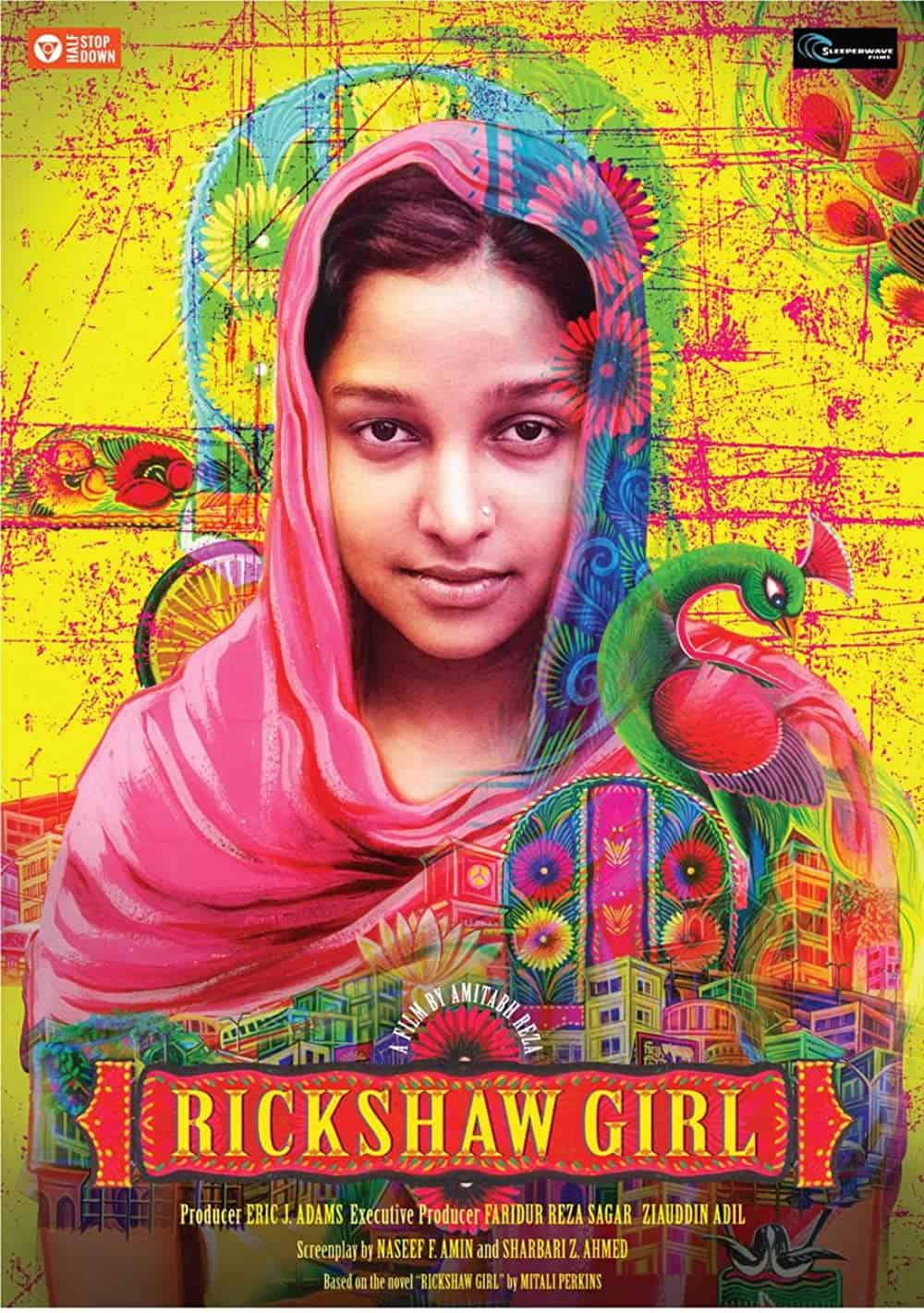
After the popular crime drama “Aynabaji” (2016), Amitabh Reza's second feature attempt got a producer from the USA. Adapted from the acclaimed novel of the same title by Mitali Perkins, “Rickshaw Girl” is a story of a brave and determined teenage girl Naima who leaves her small village for the bustling city of Dhaka when her father becomes severely sick. She cleverly disguises herself as a boy and takes the difficult job of a rickshaw puller. However, in the big city, Naima faces economic, societal, and gender barriers like any other emigrated women from the village. While her struggle goes on, she takes refuge in her artistic world and builds her own narratives through ‘Rickshaw Painting', Bangladesh's own genre of painting. When her gender is revealed and her job isat stake, Naima finds an unconventional solution to her problems.
The USA-Bangladesh joint production is an inspiring story that delineates the energy and determination of millions of working-class and young Bangladeshi women. The depiction of the struggling yet colorful world of the working-class universe and some surrealist treatment by the director galvanize some power in the storyline.
5. Chandrabati Katha (The Tale of Chandrabati, dir. N Rashed Chowdhury)
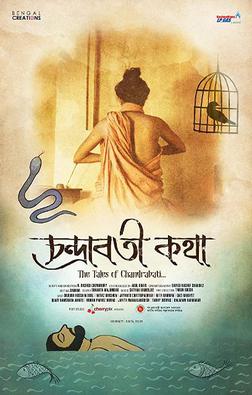
Set in 16th century Eastern Bengal, the film is inspired by the life of Chandrabati, Bengal's first feminist poet. Poet Dijabangshi Das's daughter falls for another young poet Jayananda; both were disciples of the father. Jayananda, who later leaves Chandrabati for another woman. The betrayal pushes Chandrabati to remain unmarried, confining herself inside a Shiva temple and there she starts rewriting the Ramayana. The deconstruction of the original Ramayana eventually led to her becoming a historic figure in Bengali literature. Chandrabati retells the story of the great Indian epic from Sita's perspective, ignoring the glory of its male chauvinist protagonist Rama.
The narrative technique of the film is very significant, and derives from the local theatrical genre Pala, scroll paintings as well as the literary tradition of Mymensingha Geetika. The director's attempt to create a visual language of his own, by adapting local forms onto the camera, is exemplary.
6. Lal Moroger Jhuti (The Call of the Red Rooster, dir. Nurul Alam Atique)
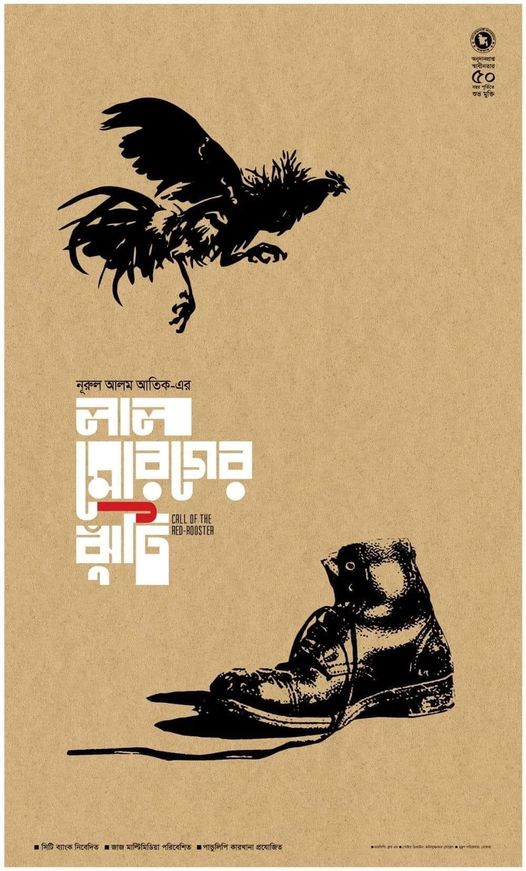
During the 1971 Liberation War, a troupe of the Pakistani army arrives in a northern sub-divisional town, to renovate an airbase built during World War II. They compel common Bengalis to rebuild the airport and treat them as prisoners. A few local non-Bengalis collaborate with the military to repress the common Bengalis.
The oppression and brutality of the Pakistani military was challenged by the freedom fighters that include women too. Shot entirely in black and white, the storyline of the period piece revolves around both the dominant narrative of the Liberation War but also tends to go beyond it.
7. Unoloukik (dir. Robiul Alam Robi)
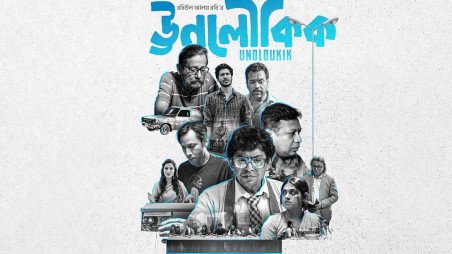
“Unoloukik” (meaning quasi-real) is an anthology of short films released in Bangladeshi OTT platform Chorki. Robiul Alam Robi adapts five different short stories written by Shibabrata Barman, all of which have one thing in common – they transgress realities or the incidents are weirdly impossible. The tagline of the film(s), as described in the promotional flier, is “five unprecedented different stories in the maze of illusion and truth”. To me, some generic characteristics are evident in the stories – psychological drama, dark mystery and coincidences.
In the first film, “Moribar Holo Tar Swad”, the male protagonist wants to kill himself. His psychiatrist sends him to a banquet where he meets 9 more people who also want to die. Among all, only one will be lucky to die instantly by eating poisoned food. After seeing someone dying, the protagonist's positive vibe for life comes back. But his regained energy to live does not last long as he sees the dead man again in real life.
In “Hello Ladies”, a reality show anchor sees the spectators through TV sets. In that way, she witnesses an instance of domestic abuse leading to accidental murder. She reaches the home of the incident and meets the husband.
In “Mrs Prohelika”, a female patient meets a male psychologist in his chamber on a rainy night. He has a movie to catch at 9 pm and the patient has a sleeping disorder. The conversation between the two ends with an incident of mystery.
The protagonist of “Don't Write Me”, has got a job in the press in the city, after fleeing from the gangsters of his small town. He discovers in a publication that he is a character from a short story. He tracks down the author and insists that he writes a happy ending.
A stranger in the police station tells some different stories to the officer in “Dikhondito”. The stories range from a mountaineering debate to the Partition of India and to corruption within the government, as well as censorship. The stranger asks the officer to connect the dots among the stories and it is revealed that the stranger is in two places at the same time – he is sitting in the police station but he is also leading a heist.
8. Nonajoler Kabyo (The Salt in Our Waters, dir. Rezwan Shahriar Sumit)

Young sculptor Rudro arrives in a coastal village with a big box filled with sculptures and sculpting tools. He starts living there to finish his projects. He makes a young woman and village boys his friends and starts teaching sculpture to them. However, the chairman who is administrative as well as the religious leader of the village and also controls the fishing business in the area, consider Rudra's sculpture as idolatry. The tension between Rudro and Chairman mounts and the latter blames Rudro's sculptures for their disappearing fish stocks in the sea. Things start changing after the cyclone incited by climate change hits the coast.
Set in the sea-shore of the Bay of Bengal, the film depicts the simple lifestyle of the poor fishing community with stunning cinematography. Rudra's arrival as an external change agent might be considered imposing as an ideological apparatus, but the issue of ‘artistic sculpture' versus ‘statues for idolatry' is very much relevant in today's culture and politics in Bangladesh.
9. Dhaka Dream (dir, Proshoon Rahman)
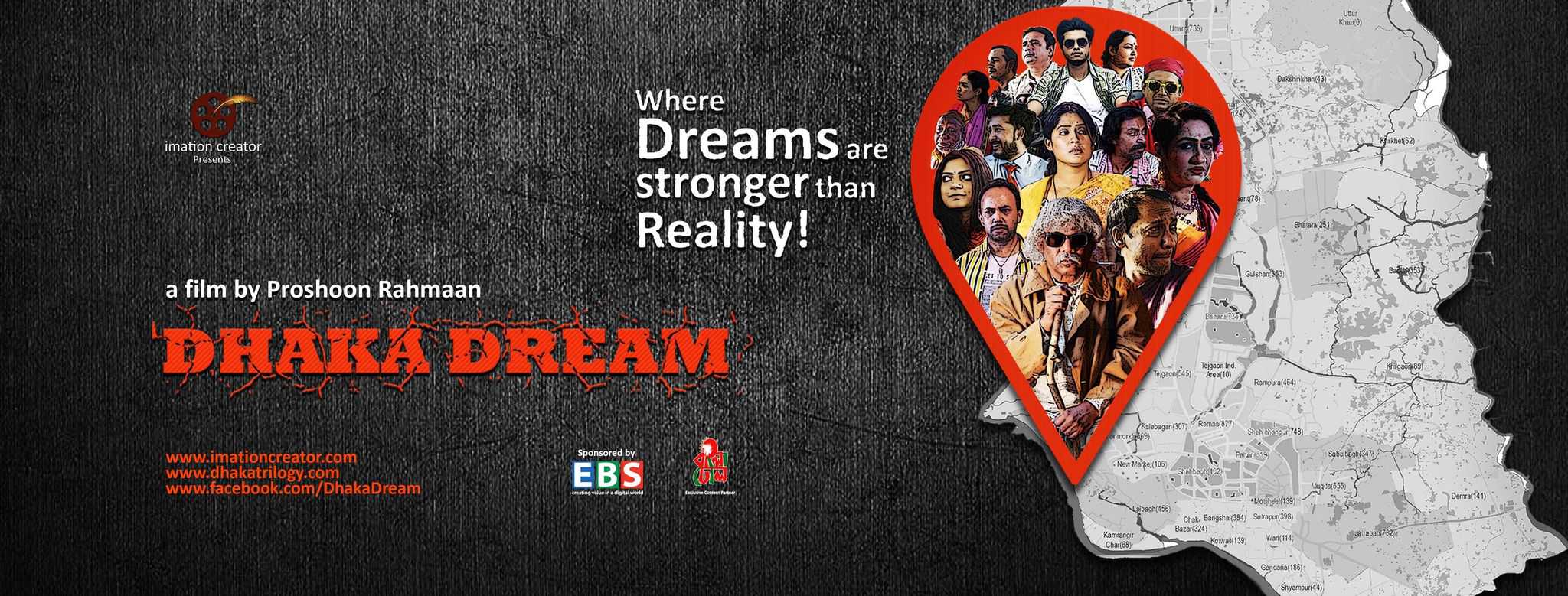
40 people in an inter-district bus are heading towards Dhaka, the ultimate center of everything in Bangladesh. Among the passengers, the prior tales of 10 people are extended as the bus reaches the bustling city. The 10 stories consistof a wide variety of characters – student, sex worker, unemployed, blind beggar, killer, rickshaw puller, barber, contestant at a reality show and newly homeless guy who lost his house due to river erosion. All of them did not find any hope of life in the places they were rooted. These outlying people come to the capital city with dreams. But their dreams turn into a nightmare in the ruthless sin city.
Proshoon Rahmaan's “Dhaka Dream” can be seen as an experiment in narrative technique as 10 different stories are brought together in the 11th story, which has a common plot point.
10. Mission Extreme (dir. Sunny Sanwar and Faisal Ahmed)
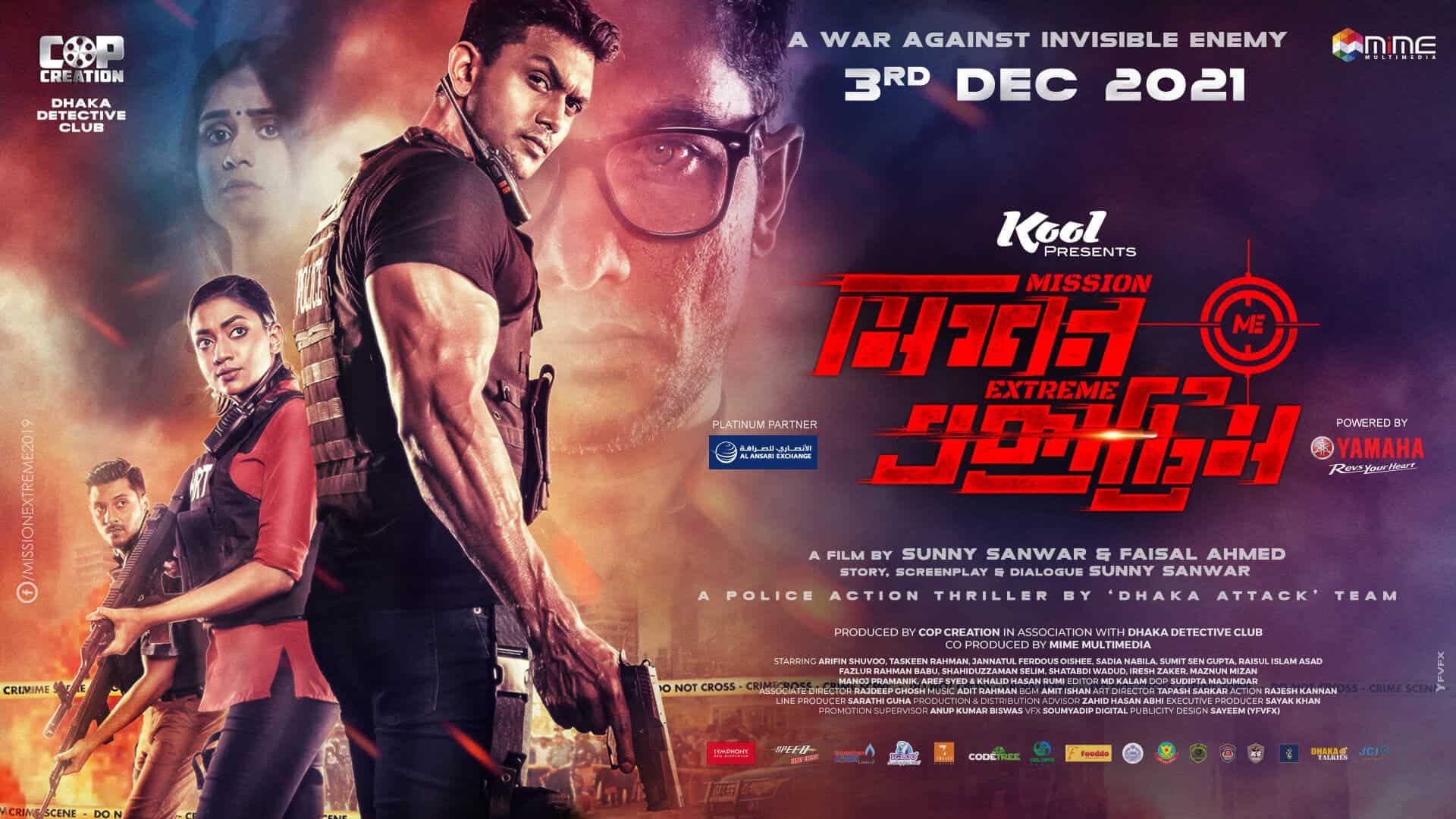
“Mission Extreme” is the sequel of the superhit police story “Dhaka Attack” (2017). One of the writers and producers of the latter, Sunny Sanwar, appears here as the co-director. Through “Dhaka Attack”, Bangladesh police loosely got connected to invest money to create an audiovisual saga of their honesty and bravery, not the usual impression associated with local Force.
After bringing down the man behind the Dhaka Attack, the Head of the Bomb Disposal Unit, Abid Rahman learns that a terrorist attack is about to take place in Bangladesh. This time, the conspiracy against Bangladesh is designed from Dubai. The smartness and intelligence of the special units of Bangladesh police have been portrayed in the film with dynamic camera actions. The film was also released in some theaters in the UK.
Fahmidul Haq is visiting professor at Bard College, USA and teaches film and media. His book titles include Cinema of Bangladesh: A Brief History (2020, Nokta) and Identity Nationhood and Bangladesh Independent Cinema (forthcoming in 2022, Routledge).


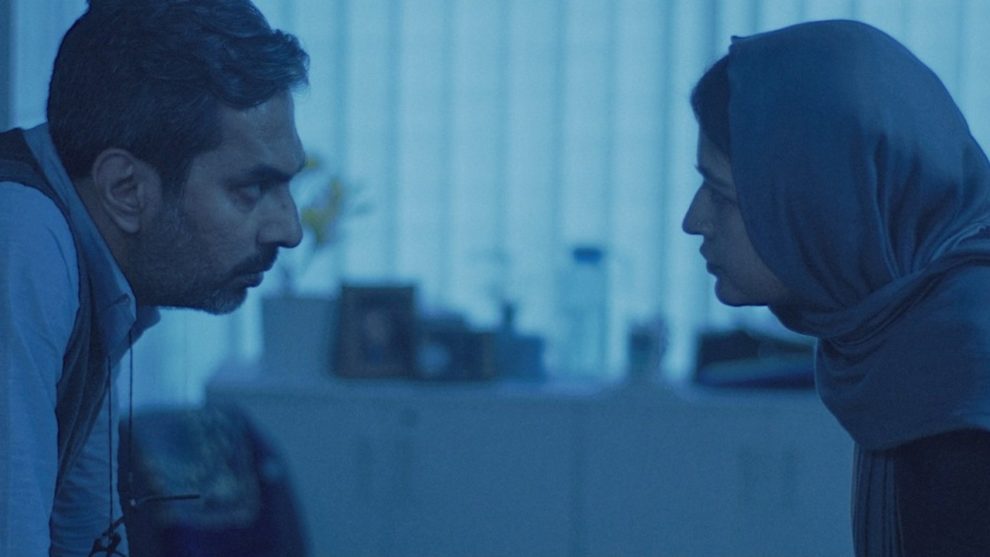
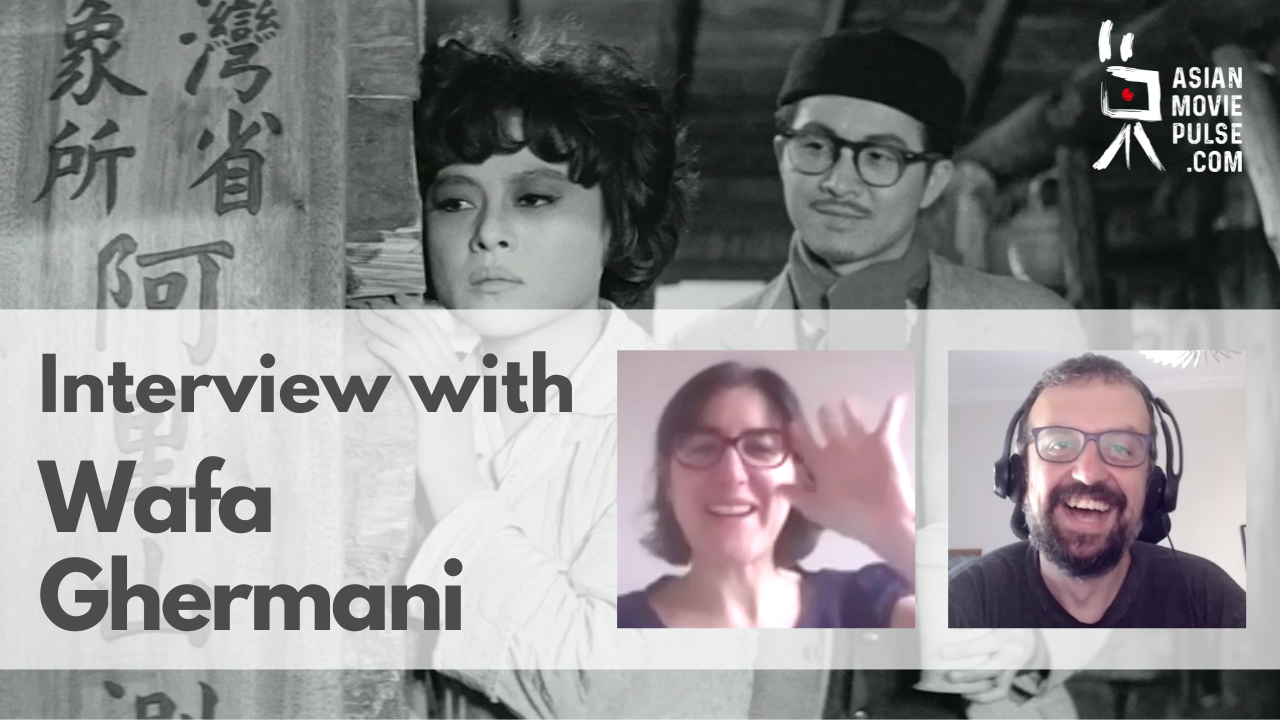




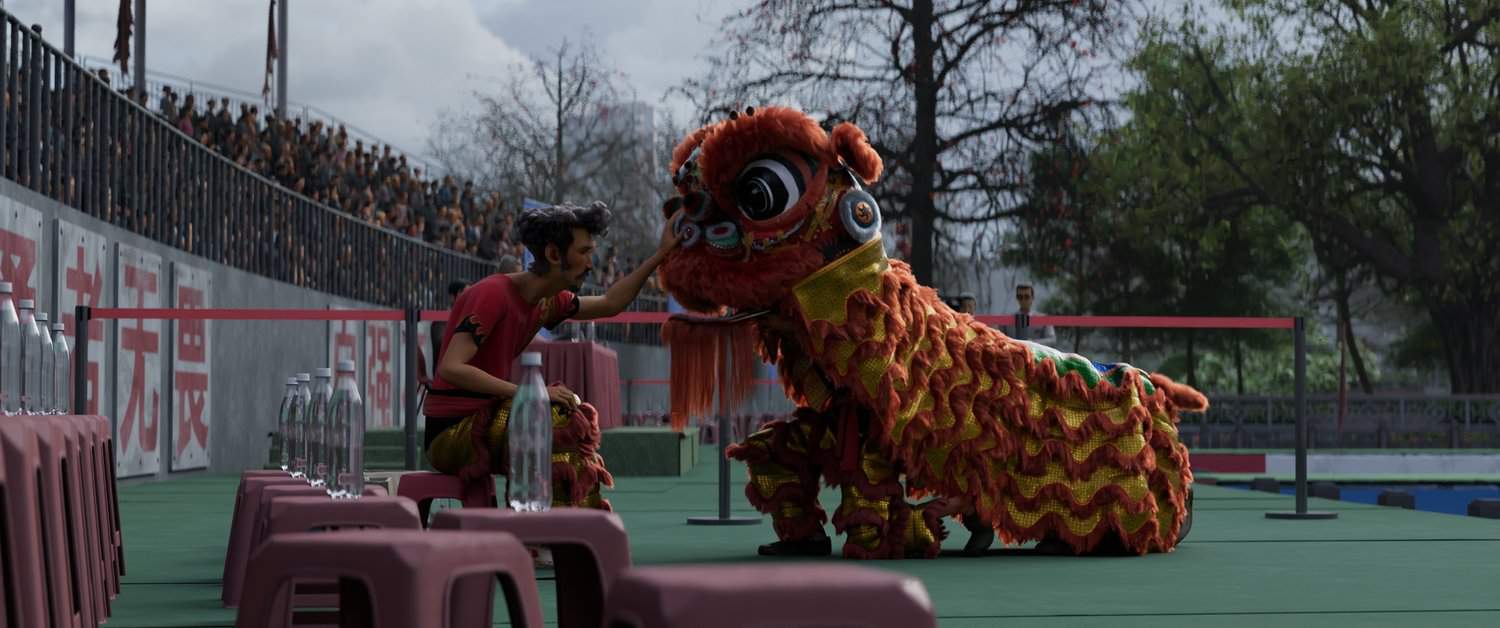







Really your post is too wonderful, carry on your work and sharing your information with us.